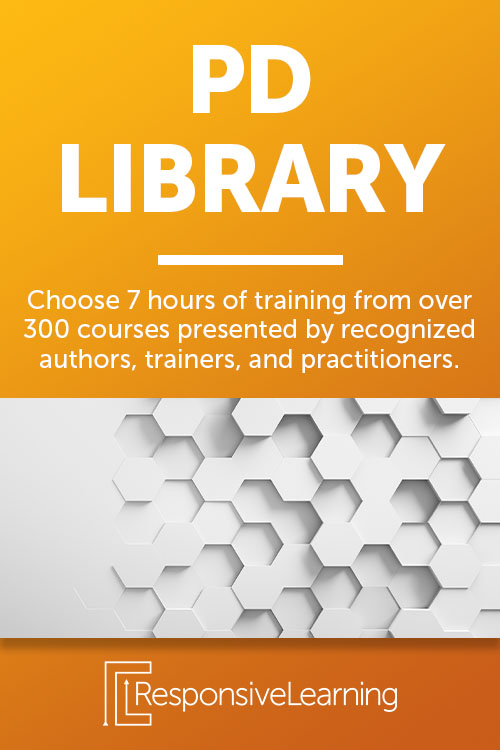I’ll never forget one of my most embarrassing moments as a teacher. I tried to carry too much into my classroom from my car, and I had greatly overestimated my ability to balance my laptop, three books, a large binder, a stack of graded papers, and a cup of hot coffee. My arms were so full that I didn’t see the laminated flyer which had fallen off the wall and was now a slippery obstacle in my path.
One wrong step sent my load flying, and the floor was littered with my belongings. Thankfully, the hallways were empty of people so the only casualty in my fall was my now-splattered cup of coffee, but it could have been much worse.
That day taught me a valuable lesson about fall hazards, and now I always make sure I take smaller loads to my classroom and keep my coffee tightly sealed in a thermos.
Are falls really that important?
In 2014, there were 217,300 reported cases of slips, trips, and falls that happened to students on school property. Falls might seem like a very minor thing to worry about; however, they’re more important than you may think.
First and most importantly, it’s crucial to address slip, trip, and fall hazards in our schools for the safety of our students. These incidents can cause minor injuries such as bruises and cuts, but some cases can also lead to devastating consequences.
In 2015, a child in Baltimore tragically died due to falling at school. This grim incident highlights the importance of making sure that our school campuses are free of hazards that create an unsafe environment.
Even when falls don’t lead to great harm, it’s still necessary to make sure and address the hazards. Slips, trips, and falls in school have economic impacts and liability concerns, not to mention the loss of instructional time from cleaning up spills and visiting the nurse.
Setting up a safe environment
Creating a safe classroom space starts with educators who are committed to finding and addressing slip risks. The course Slips, Trips, and Falls in Schools helps educators do just that.
In this course presented by Responsive Learning, you’ll discover how to prevent serious injuries by learning about where these accidents most commonly occur and how to avoid them.
In this 25-minute course, you’ll learn about:
- The definitions of slips, trips, and falls
- Common causes of slips, trips, and falls
- The economic cost of slips, trips, and falls
- Liability concerns
- How to assess trip risks
- How to slip-proof your school
- Prevention steps
Any teacher can benefit from this course as either a first-time introduction to the topic or as a refresher. The course provides action steps that are simple and easy to implement.
Here are some tips from the course to get you started:
- Secure classroom rugs and mats with a non-slip pad or adhesive
- Provide hooks or shelves for backpacks to keep them off the floor
- Always take the time to get a step ladder instead of standing on a chair
Thankfully, many slips, trips, and falls can be prevented through risk assessment and preparation, so why wouldn’t we want to take simple steps to avoid both minor and major injuries due to falls?







